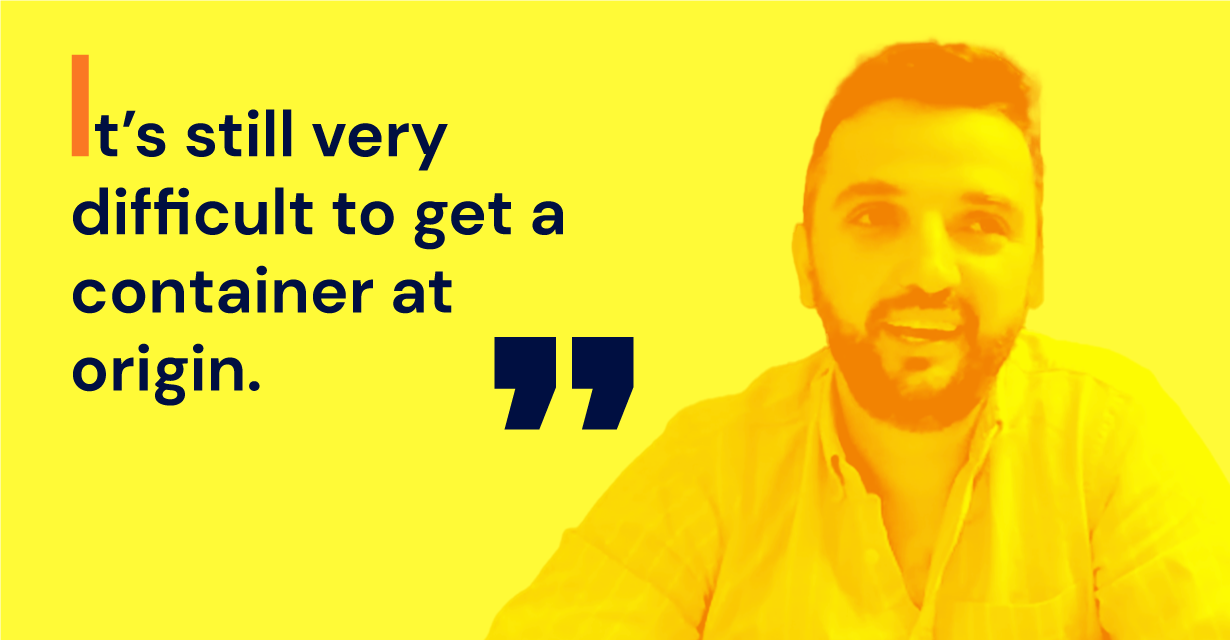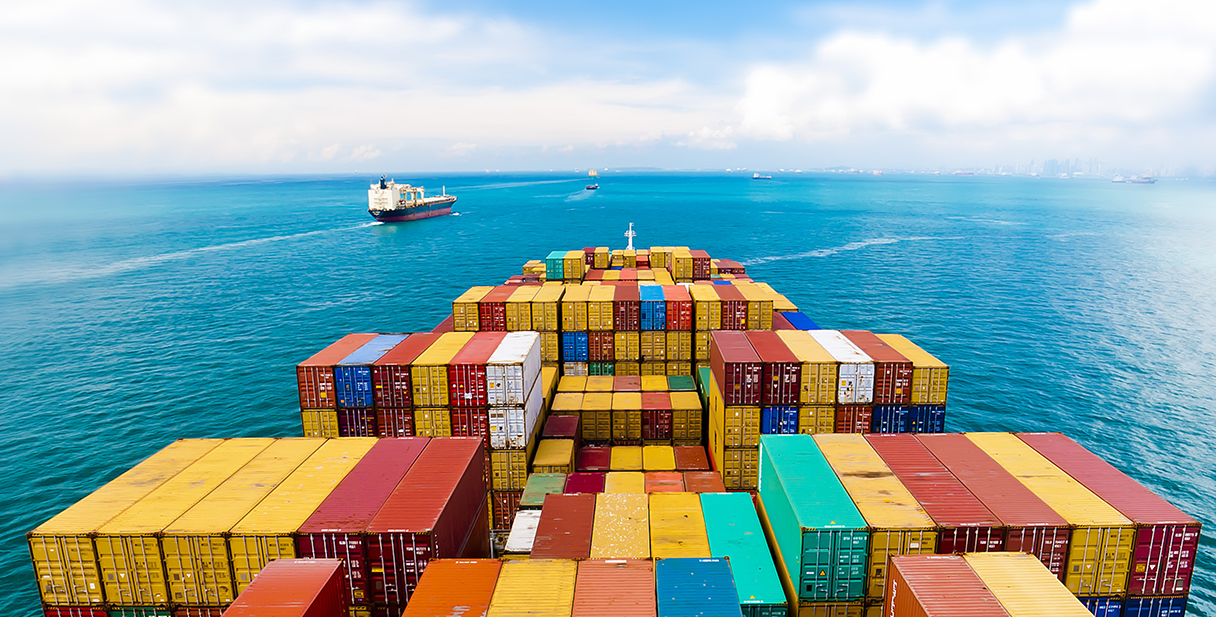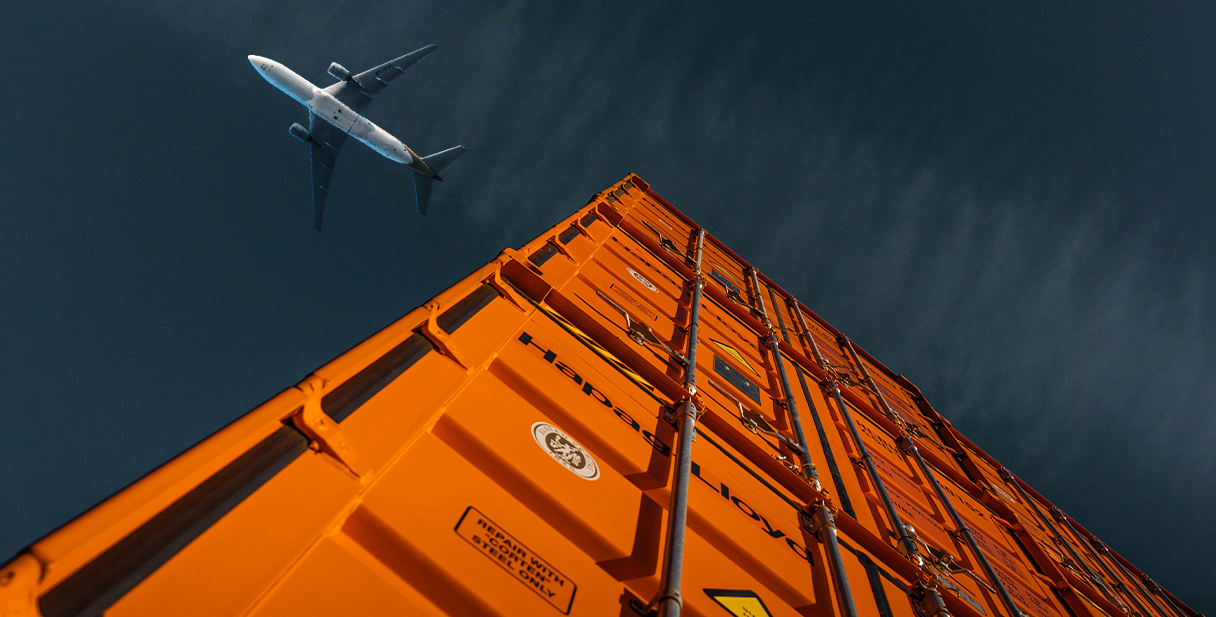Supply Chain Disruption: Is There Relief in Sight for Ecommerce Businesses?
October 19, 2021 Jill Davis
Thrasio supply chain logistician Mustafa Cokol on ecommerce supply chain strategies, changes to U.S. HTS codes, and faint glimmers of hope.
When it comes to supply chain, ecommerce businesses can’t catch a break. Covid, the clogged Suez Canal, Brexit, and on and on: complexity and chaos have become the new normal.
Given the cavalcade of global disruptions, it’s understandable if you missed the recent announcement from the World Customs Organization impacting a wide range of goods imported to the United States. On January 1, 2022, changes to the Harmonized Tariff Schedule (HTS) take effect in the United States. The time is now for ecommerce businesses to get ready.
“It’s another thing on ecommerce businesses’ plates,” says Thrasio’s senior manager of global mile logistics Mustafa Cokol. “But HTS codes form the basis for determining tariffs and duties. You don’t want to get them wrong.”
Cokol knows supply chain woes all too well. He started his job at Thrasio just as Covid shut down his state. We got his take on the current state of the global supply chain and what ecommerce businesses need to know about the new rules affecting U.S. imports.

Q: Give it to us straight. Is there an end in sight for global supply chain disruptions?
Honestly, Q4 is going to be tough. It’s still very difficult to get a container at the origin. Even if you accept the price increases to get a container, you can’t get space on a vessel. Even if you get the space, there is no guarantee it will arrive on time. A China port closure can have a ripple effect at U.S. ports, including Long Beach, leaving vessels with nowhere to go. In one recent example, there were around 70 vessels waiting for their turn at Long Beach. That’s the equivalent to 350,000 20-foot containers. Port congestion and labor and equipment shortages will add further delays. These kinds of complications are still in play.
Q: Do you see any relief for ecommerce businesses?
Everyone wants an answer to this question. Importers, exporters, carriers, forwarders, and customers—we all want stability. It’s still a bit a mess, but there are some bright spots. Freight forwarders, service providers, and carriers are willing to enter into contracts for longer and longer terms, because unpredictability is bad for them, too. This creates some baseline stability for everyone.

Q: How can businesses improve their ecommerce supply chain management?
Start planning and forecasting your volumes farther in the future. That can be hard for some small businesses, but the effort is well worth it. The problems of the last year are an opportunity to get contingency plans in place to overcome and minimize future disruptions. It will make you more resilient in the long-term.
Q: In a nutshell, what are the new Harmonized Tariff Schedule rules that are impacting U.S. imports?
There are about 350 amendments to the Harmonized System nomenclature. In a nutshell, on January 1, the HTS codes for a lot of goods imported into the United States will change. Many of the rules affect the last 4 to 6 digits of the HTS codes. If you don’t apply the correct codes to your products, you could incur significant charges or experience significant delays. And no one wants any more delays right now, including your customers.
Q: What kinds of products are impacted by the HTS changes?
It’s a fascinating list that includes everything from edible insects, nuts, and virgin olive oil to smart phones and 3D printers. A lot of hazardous product categories are on the list. Some ecommerce companies won’t be impacted, but it’s a great time for all companies to take a look at their tariff classifications and make sure their goods are classified correctly.
Q: What should ecommerce businesses do to ensure they have the right HTS codes applied to their products?
Do your fact checking on codes now. Getting your codes could be a longer process than you think, especially if you have a lot of products in your portfolio or you source components from multiple countries. Not all changes are known, but the best resource is the official Harmonized Tariff Schedule. If your company is large enough to have a purchasing or compliance department, get them involved. If not, you’ll need to reach out to your suppliers yourself.

Q: How has your job changed since those happier, pre-pandemic days when the ecommerce supply chain worked like it’s supposed to?
Unfortunately, global supply chain problems don’t only occur during business hours. Everyone on Thrasio’s global supply chain team has worked round-the-clock. It’s been hard, but it’s forced us to be even better. We have even more confidence in our supply-chain modeling. That lets us secure vessels and space much earlier, which gives us a competitive advantage, including in Q4. Nearly 100% of our top 100 products are stocked as planned. That equals excellent customer service during the busiest season.
All of our brands are better prepared. The next disruption is a matter of when not if. At the end of the day, our customers are our motivation. We want people to have access to great products they love when they want them. No headaches. No delays.
Mustafa Cokol is Thrasio’s senior manager of global logistics and an adjunct professor at Boston University, where he teaches graduate courses in international trade and international logistics. When he’s not negotiating supply chain contracts or solving supply chain problems, he likes to spend time with his daughters Ela, 8, and Leyla, 5. According to them, his job is shipping boxes and teaching big kids.


